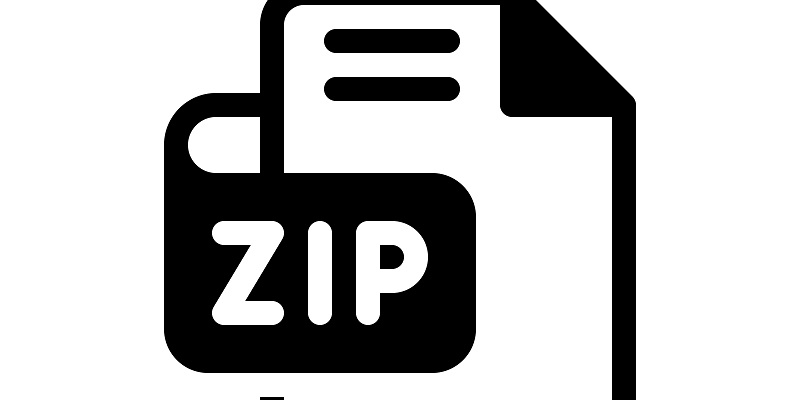In a move that has raised concerns among cybersecurity experts, Google recently introduced eight new top-level domains, including .mov and .zip. While these domains offer new opportunities for website owners, they also pose significant risks. Specifically, there are growing concerns that these domains are well-suited for phishing and online fraud. This article explores the various ways cybercriminals are exploiting .zip domains and the potential security risks associated with this new top-level domain.
Cybercriminals Exploiting .zip Domains
The ingenuity of cybercriminals knows no bounds, and they are already leveraging .zip domains to deceive unsuspecting internet users. By giving the appearance of downloadable files rather than URLs, cybercriminals trick people into clicking on these malicious domains. Avast’s analysis reveals that one-third of the top blocked .zip domains misuse the names of well-known IT firms, further deceiving users and increasing the success rate of their malicious activities.
Security Risks Associated with .zip Domains
One of the major concerns surrounding .zip domains is the possibility of file confusion. As users associate .zip files with compressed archives, they may inadvertently open or execute files that appear harmless but, in reality, conceal malware or phishing attacks. These security risks can have severe consequences, including the compromise of sensitive information and unauthorized access to users’ devices.
Auditing and Blocking of .zip Domains
While phishing attacks utilizing .zip domains may seem attractive to fraudsters, they inadvertently create an audit trail that can be traced back to the malicious actors. Additionally, organizations have the ability to block these domains relatively easily. By monitoring and analyzing their networks, IT teams can proactively detect and block suspicious .zip domains, thereby mitigating potential risks before they escalate further.
The Exploitation of .zip Domains: Introducing the “File Archiver in the Browser” Phishing Kit
Cybercriminals are constantly evolving their techniques, and one such innovation is the emergence of the “file archiver in the browser” phishing kit. This kit exploits .zip domains to trick users into executing malicious files, further enhancing the success rate of phishing attempts. By leveraging the illusion of harmless downloadable files, these attackers can gain access to sensitive information or compromise the security of users’ systems.
Creative Usage of .zip Domains
To further deceive unsuspecting users, hackers are employing creative domain names that mimic legitimate files. For instance, domains like “chatgpt5.zip” appear innocuous but are disguised phishing attacks aimed at exploiting users’ trust. Such tactics demonstrate the ingenuity of cybercriminals and underscore the need for enhanced vigilance and robust security measures.
Complexity in Phishing Detection
Detecting phishing attempts becomes more complex with the introduction of .zip domains. Given their association with compressed files, it becomes crucial for security systems to distinguish between legitimate .zip files and potentially malicious ones. This added layer of complexity requires updated and advanced detection mechanisms to effectively combat the growing threat.
Successful Phishing Attempts: Insight from Arctic Wolf
Leading cybersecurity company Arctic Wolf has recently detected several instances where cybercriminals utilized .zip domains for successful phishing attempts. Notably, popular office software suite filenames were leveraged to deceive users. This finding highlights the urgency for organizations to implement strict security protocols to mitigate the risks associated with .zip domains.
Increased Risk of Information Exposure
The use of .zip and related top-level domains increases the risk of sensitive information exposure through accidental DNS or web requests. As users unknowingly interact with these domains, they may inadvertently expose confidential data or provide cybercriminals with avenues to exploit vulnerabilities in their systems. Educating users about the risks and establishing stringent security measures are paramount to safeguarding sensitive information.
The introduction of .zip domains brings considerable concerns regarding phishing, fraud, and overall online security. Cybercriminals are adept at exploiting the trust users place in seemingly harmless file formats, as evidenced by the misuse of well-known IT firm names and the emergence of phishing kits specifically designed for .zip domains. To mitigate the risks associated with these new top-level domains, organizations and users must remain vigilant, continually update their security protocols, and rely on advanced detection mechanisms to stay ahead of cyber threats. By doing so, the online community can navigate this new landscape safely, protecting themselves from malicious actors and their deceptive tactics.

